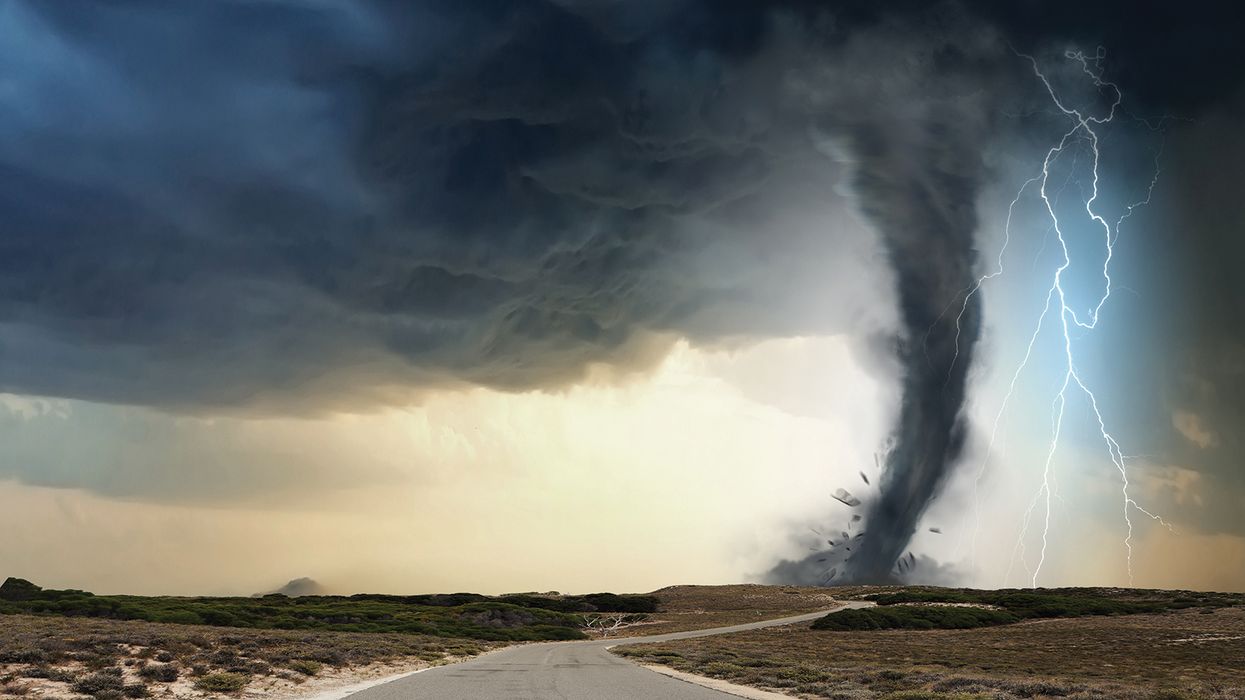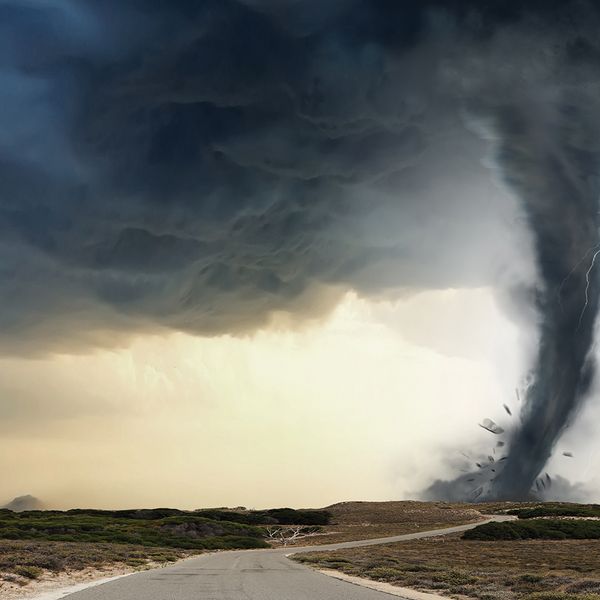Common questions on tornado safety
Although tornadoes can occur at any time, the “tornado season” generally runs from March through June, with May typically having the most storms. Although OSHA’s regulations do not specifically mention tornadoes, OSHA does require an Emergency Action Plan under 1910.38. The plan must include procedures for reporting fires or other emergencies (such as severe weather).
Below are some questions our experts commonly get regarding tornadoes.
Does OSHA require an alarm? Generally, yes, unless the workplace has 10 or fewer employees per 1910.165. Employers must provide a way to communicate an emergency in a manner that notifies employees of the expected response. A fire alarm typically warns employees to evacuate to a headcount location. If the nature of the emergency requires a different response (such as proceeding to a tornado shelter), employees must recognize the alarm and understand the appropriate response.
Does OSHA require annual drills? OSHA does not require drills, but does require annual testing of alarms under 1910.165. In addition, 1910.38 requires that employees understand their responsibilities under the Emergency Action Plan. Conducting annual fire evacuation drills is common, and your insurance company may require them. However, many employers do not conduct annual tornado drills because employees would typically proceed to the nearest shelter, which may not allow for a headcount. Still, annual alarm testing can let employees know what it sounds like, and employers can deliver reminders on shelter locations at that time.
Does OSHA require tornado shelters? No, OSHA does not specifically require tornado shelters, but does list recommendations from other agencies regarding preferred shelter areas. If a building lacks an ideal location, employers should identify the best potential shelter areas. Employers might also check with their insurance company about building shelter areas. Typically, employees should:
- Seek a small interior room or hallway on the lowest floor possible;
- Stay away from doors, windows, and outside walls;
- Stay in the center of the room and avoid corners because they attract debris;
- Choose rooms constructed with reinforced concrete, brick, or block with no windows and a heavy concrete floor or roof system overhead;
- Avoid cafeterias or other open areas that have flat, wide-span roofs.
What about remote or traveling employees? Many employees work remotely, travel for business, or even report to off-site locations (such as construction sites). These employees cannot rely on an alarm and should monitor the weather in their area. They should also know how to protect themselves, whether driving, working from home, or working outdoors.
Other safety tips
Tornado safety involves three phases: Preparing in advance, Staying safe during the storm, and Staying safe after the storm.
Employees should prepare a plan and an emergency kit, monitor weather conditions during thunderstorms, and know the best places to shelter wherever they work.
Employers should prepare a business continuity plan for dealing with the aftermath, from cleaning up the site to resuming business operations.
During a tornado warning, employees should remain in a shelter until given an all-clear signal. At a fixed worksite, this may come from an employer announcement. At other locations, employees may need to monitor conditions on their phone or radio.
After the storm, employees may need a way to communicate if they are trapped or injured. They should also watch for hazards such as downed power lines, gas leaks, building damage, or debris.
Key to remember: Tornadoes can happen at any time, but Spring is most active, and employers should prepare to protect workers.


















































